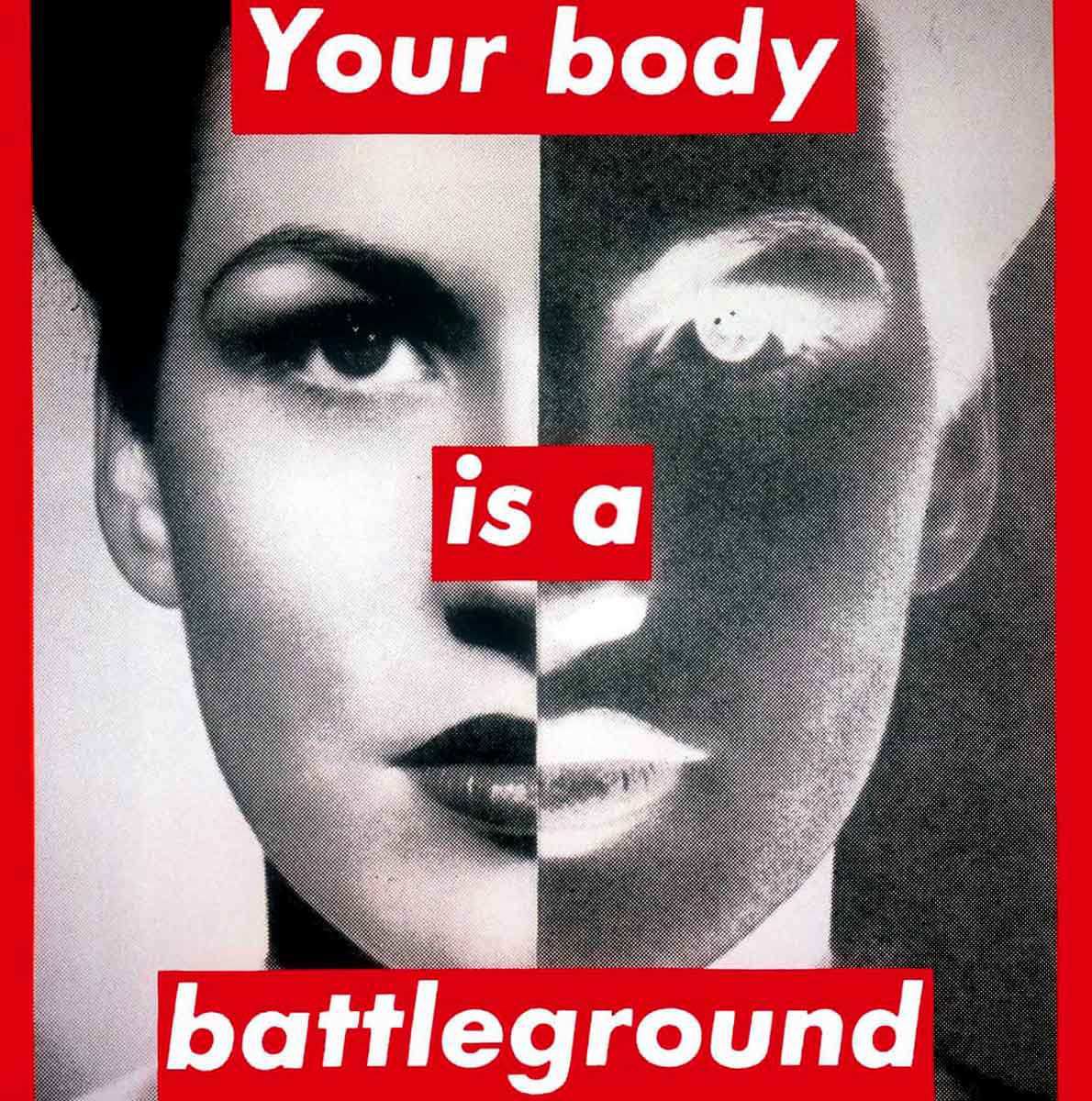In the vast landscape of contemporary art, where expression knows no bounds, words have emerged as a potent medium for conveying messages, stirring emotions, and challenging societal norms. Text-based art, which has seen a resurgence since the 1960s, offers a platform for artists to explore complex themes, from personal confessions to socio-political commentary. Through a journey into some of the most compelling examples of text art, we uncover the profound impact of words on canvas and beyond.
Tracey Emin, a British artist known for her introspective works, stitches together powerful statements in pieces like “Hate and Power Can be a Terrible Thing” (2004). Her use of quilting, typically associated with domesticity, juxtaposed with raw confessions challenges viewers to confront uncomfortable truths. Emin’s deliberate inclusion of spelling errors adds a raw, intimate quality to her creations, blurring the lines between art and autobiography.
Ed Ruscha, an American Pop artist, takes a different approach with works like “Daily Planet” (2003), where he overlays serene landscapes with seemingly unrelated text. This juxtaposition creates a dissonance, inviting viewers to question the relationship between words and images. Ruscha’s deliberate ambiguity challenges us to find me.ng in the juxtaposition, sparking conversations about perception and interpretation.
Jenny Holzer, an American conceptual artist, pushes boundaries with her “Truisms” series (1978-87), comprising provocative statements aimed at provoking thought and challenging societal norms. Through mediums like posters, stickers, and LED signage, Holzer infiltrates public spaces with her subversive messages, disrupting the language of advertising and mass media. Her works serve as a potent antidote to the superficiality of modern communication, urging us to delve deeper into the complexities of human experience.
Barbara Kruger, an iconic figure in text-based art, captivates audiences with her bold statements and striking visuals. In works like “Your Body Is a Battleground” (1989), Kruger confronts issues of gender inequality and reproductive rights with her trademark black-and-white imagery and stark typography. Her art transcends gallery walls, becoming a rallying cry for social change and a potent symbol of resistance.
Martin Creed, a British artist, offers a message of reassurance tinged with irony in works like “Everything Is Going to Be Alright” (1999). Through simple yet powerful statements, Creed invites us to find solace in turbulent times, while subtly acknowledging the underlying fear and uncertainty of the human condition. His light-based installations illuminate public spaces with messages of hope, prompting introspection and contemplation.
As we explore the diverse landscape of text-based art, we encounter artists who use words as a means of critique and commentary. CB Hoyo, a Cuban artist, challenges the art world hierarchy with works like “The Art Dealer Told Me This Fake Rothko Would Make me Feel Rich” (2017), highlighting the commodification of art and the power dynamics inherent in the market. Through his bold statements and meticulous craftsmanship, Hoyo exposes the contradictions of the art world, inviting viewers to question their own complicity.
Juan Uribe, a Colombian artist, offers a scathing critique of the art world establishment in works like “I Went Down On High Culture” (2015-2016). Through direct and confrontational statements, Uribe confronts issues of elitism and exclusivity, challenging the status quo with his irreverent humor and sharp wit. His art serves as a wake-up call to the art world, urging us to dismantle the barriers that divide us and embrace a more inclusive and equitable vision of culture.
In the realm of text-based art, where words are weapons and canvases are battlegrounds, artists like Kruger and Uribe wield their creativity with precision and purpose. Through their provocative statements and bold imagery, they challenge us to question, resist, and imagine a world where words have the power to shape our reality. As we navigate the complexities of contemporary society, let us heed the call of these visionary artists and embrace the transformative potential of text-based art.
(Sonal Motla is an art curator and Director at Rachna Sansad and a visiting faculty with educational institutions like NIFT Mumbai, among others. Send your feedback to: sonal25fpj@gmail.com)
